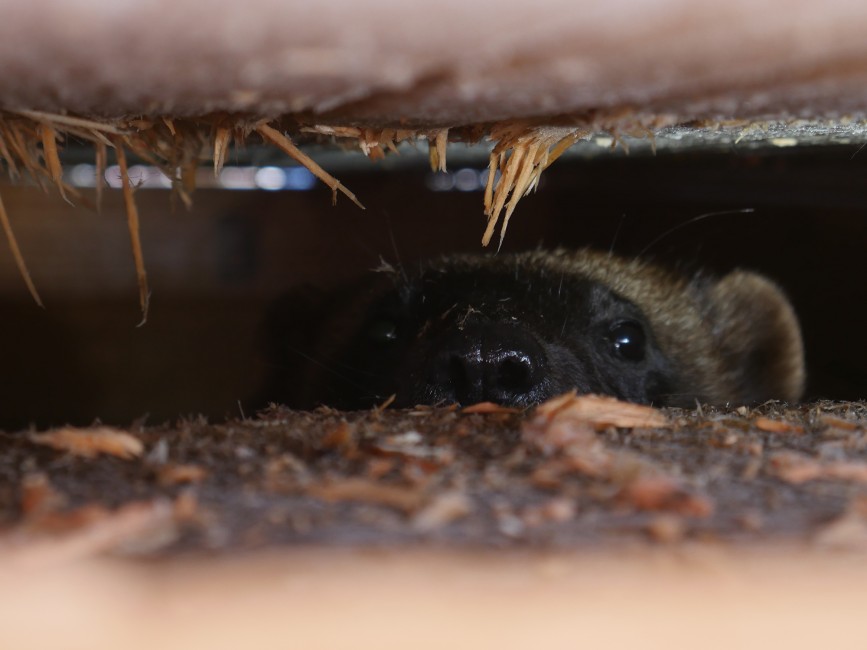
August 22, 2016
Wolverines: Let it Snow
- as seen by -
 Tom Glass
Tom Glass
A female wolverine keeps her eyes on her captor from a baited trap (commonly used by researchers to live capture these elusive animals). She will be weighed, measured, and equipped with a satellite collar before being released.
In 2016, the Wildlife Conservation Society’s Arctic Beringia Program led efforts to collar five wolverines on Alaska’s North Slope to learn basic information about them such as home range size, movements, den site selection, and size of litters.
Because they are superbly adapted to snowy environments, wolverines are thought to be vulnerable to climate change, especially in the continuous United States where they are currently under consideration for listing under the Endangered Species Act. In Canada, they are considered a species of special concern because of increasing industrial and recreational activity in remote areas.
In Alaska, very little is known about the potential effects of climate change and human development on wolverines. However, their dependence on snowdrifts for sheltering their young and caching food in the tundra habitats of the Arctic Slope, together with the increasingly early spring snow melt, suggests that climate change could be a factor in the future of wolverines in the region.
Our work in collaboration with the Alaska Department of Fish and Game and North Slope Borough will help lay a foundation for understanding wolverines in the changing Arctic.
VIDEO: Scenes from a Secret World
Rare video of wolverine kits playing in snow from wcs.org Wildcards.
Panasonic DMC-GH4
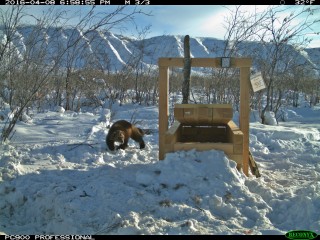
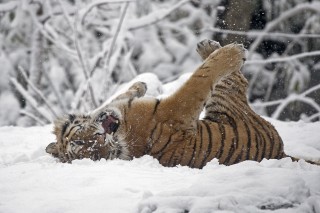
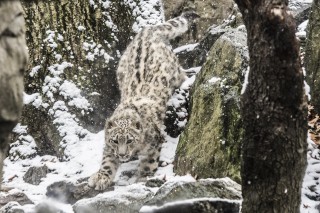
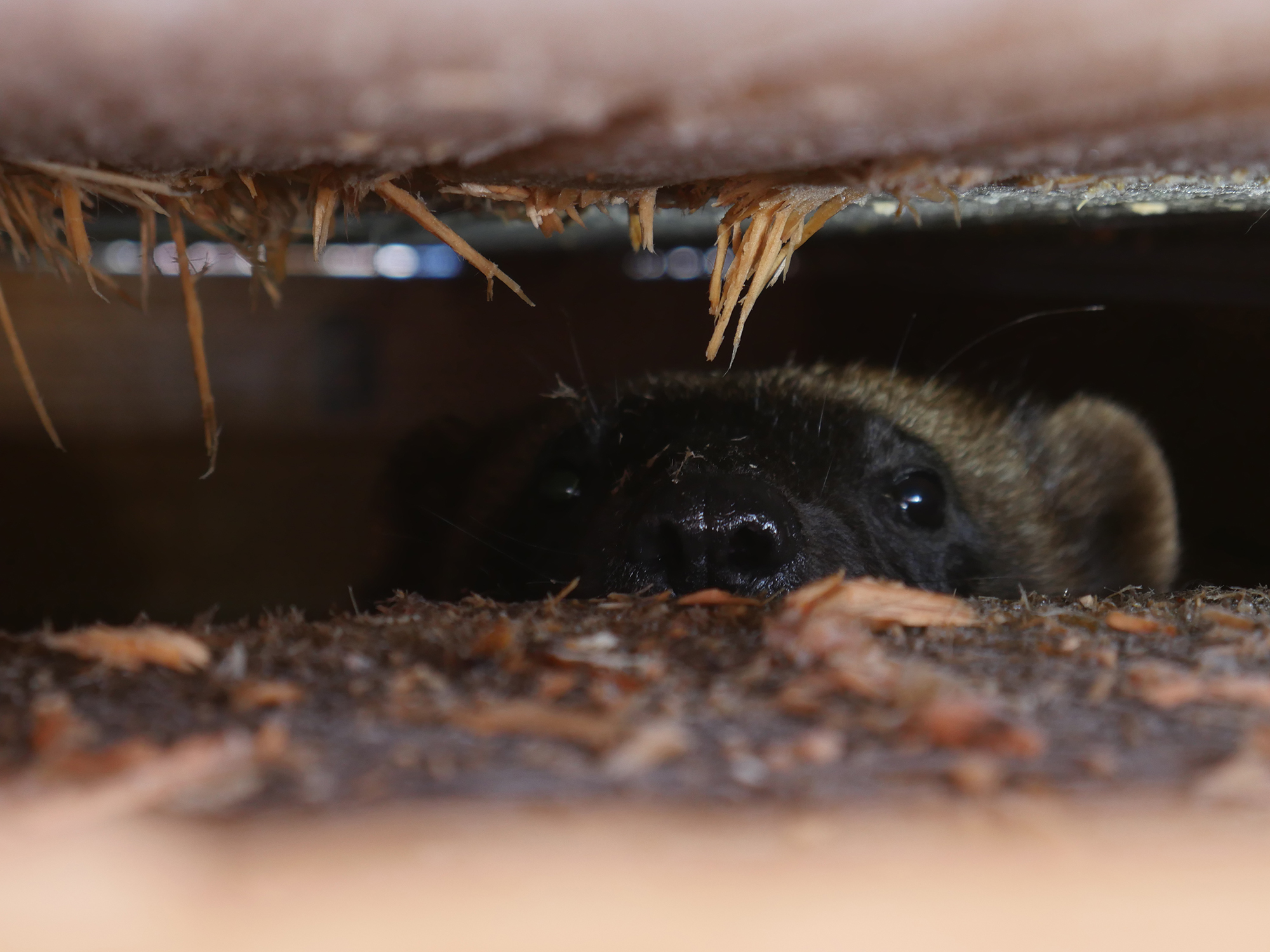
Leave a Comment
Joseph BoBo
December 29, 2021 at 4:27 am
Nice article about Avalanche, I was touched. It led to an article suggesting that the Wolverine is, or soon to be, endangered. This is very alarming when we consider how far this animal is up the food chain. Definitely another warning of how vulnerable we all are. Thanks for your commitment. J.A.B.